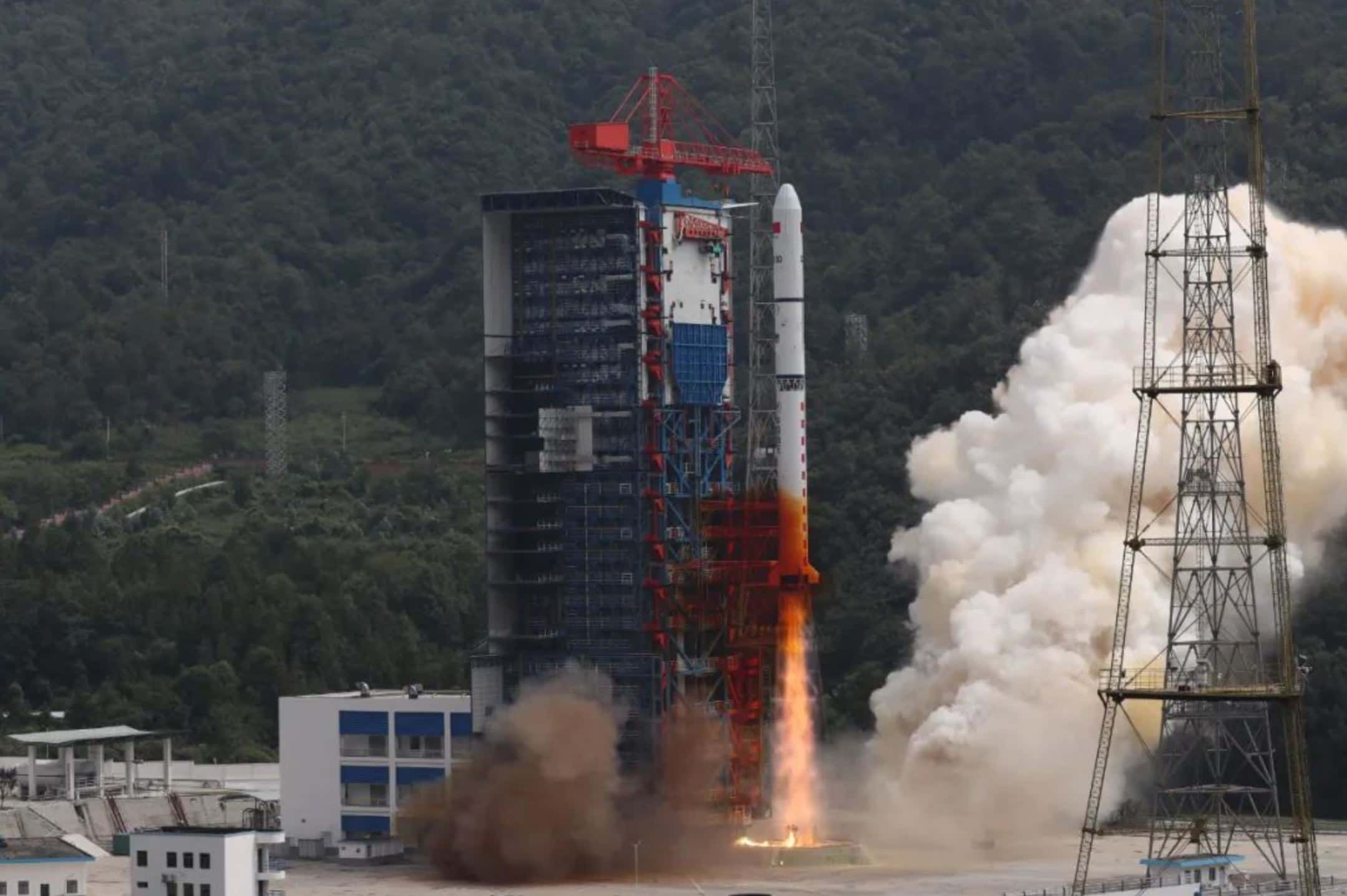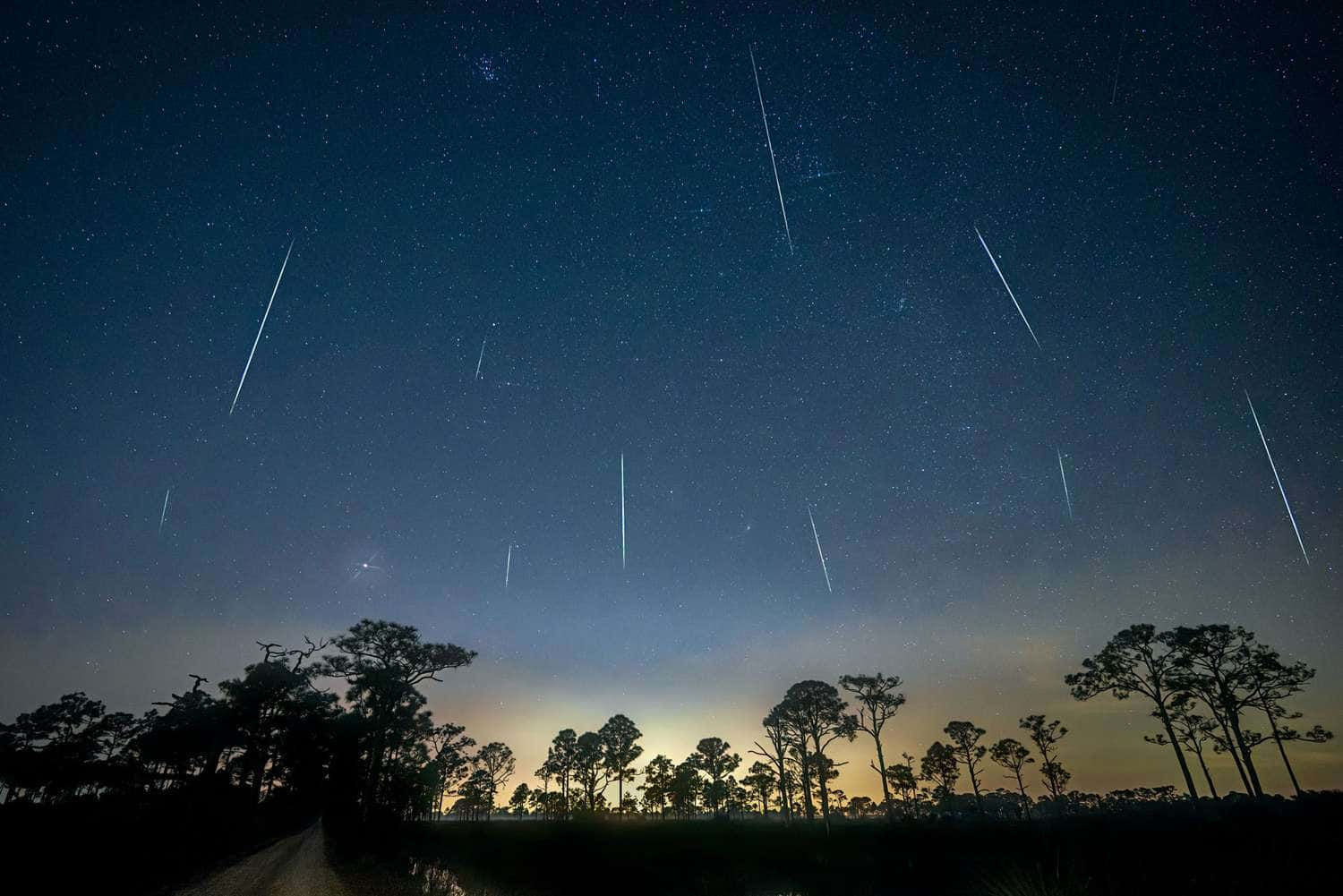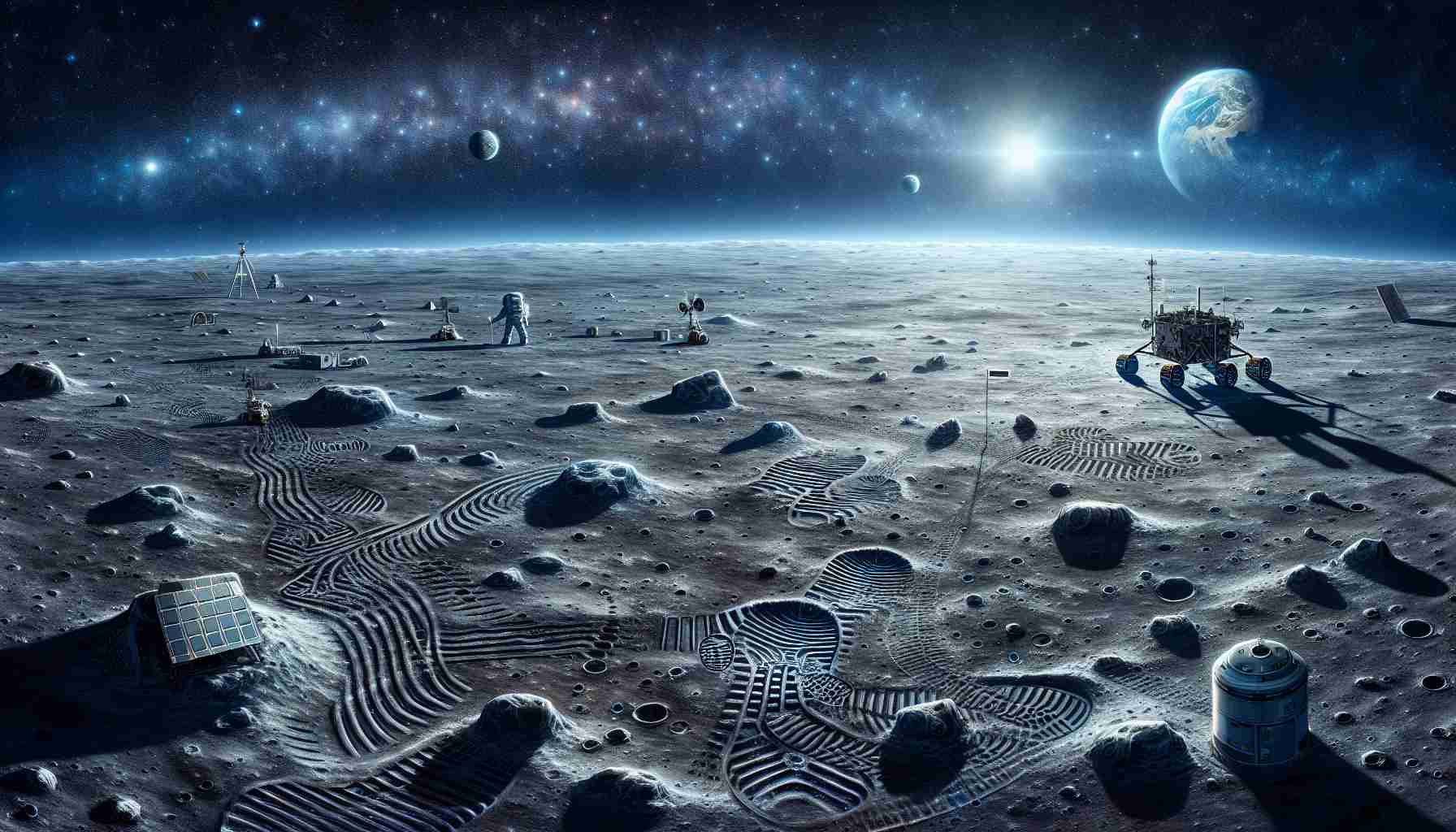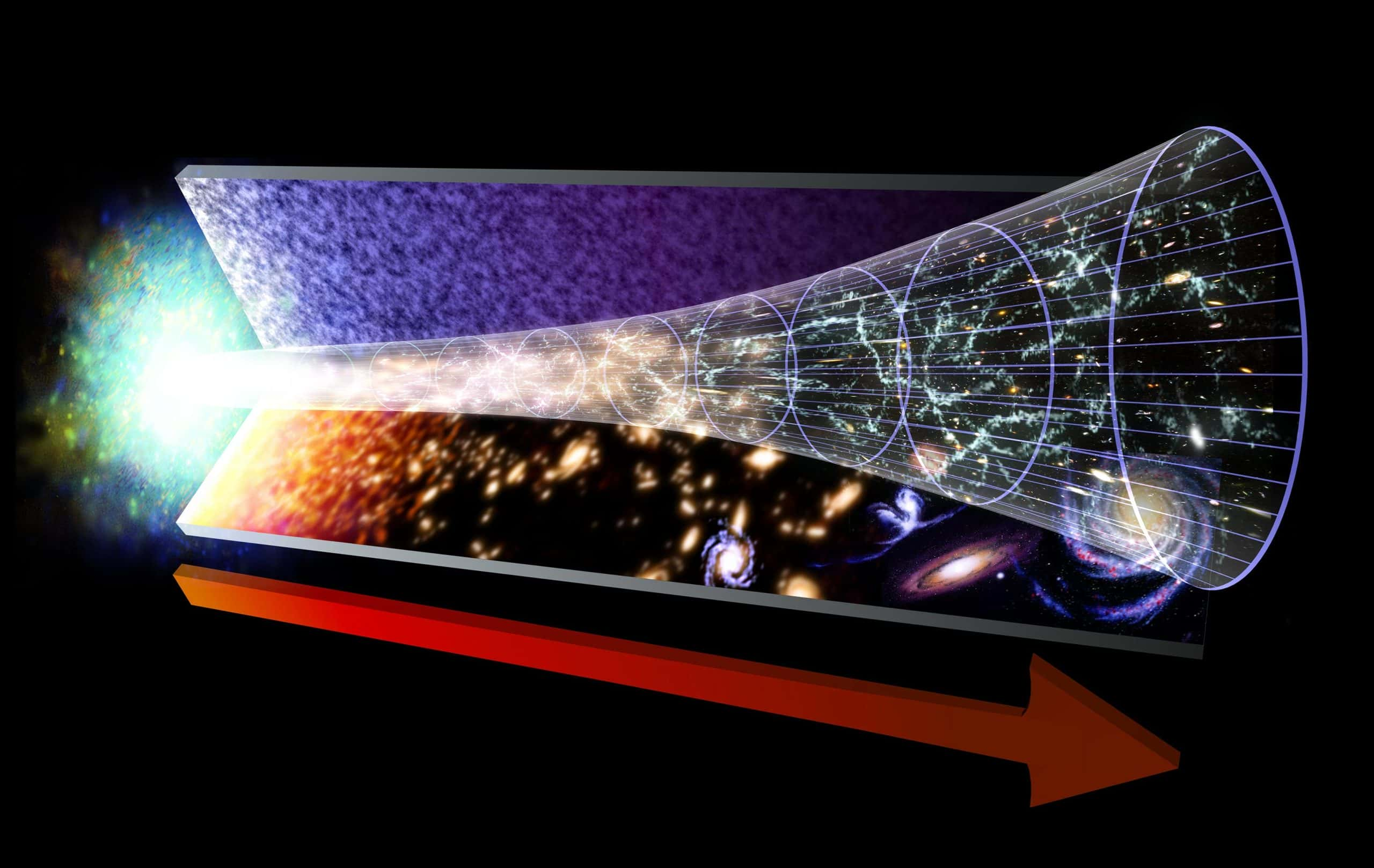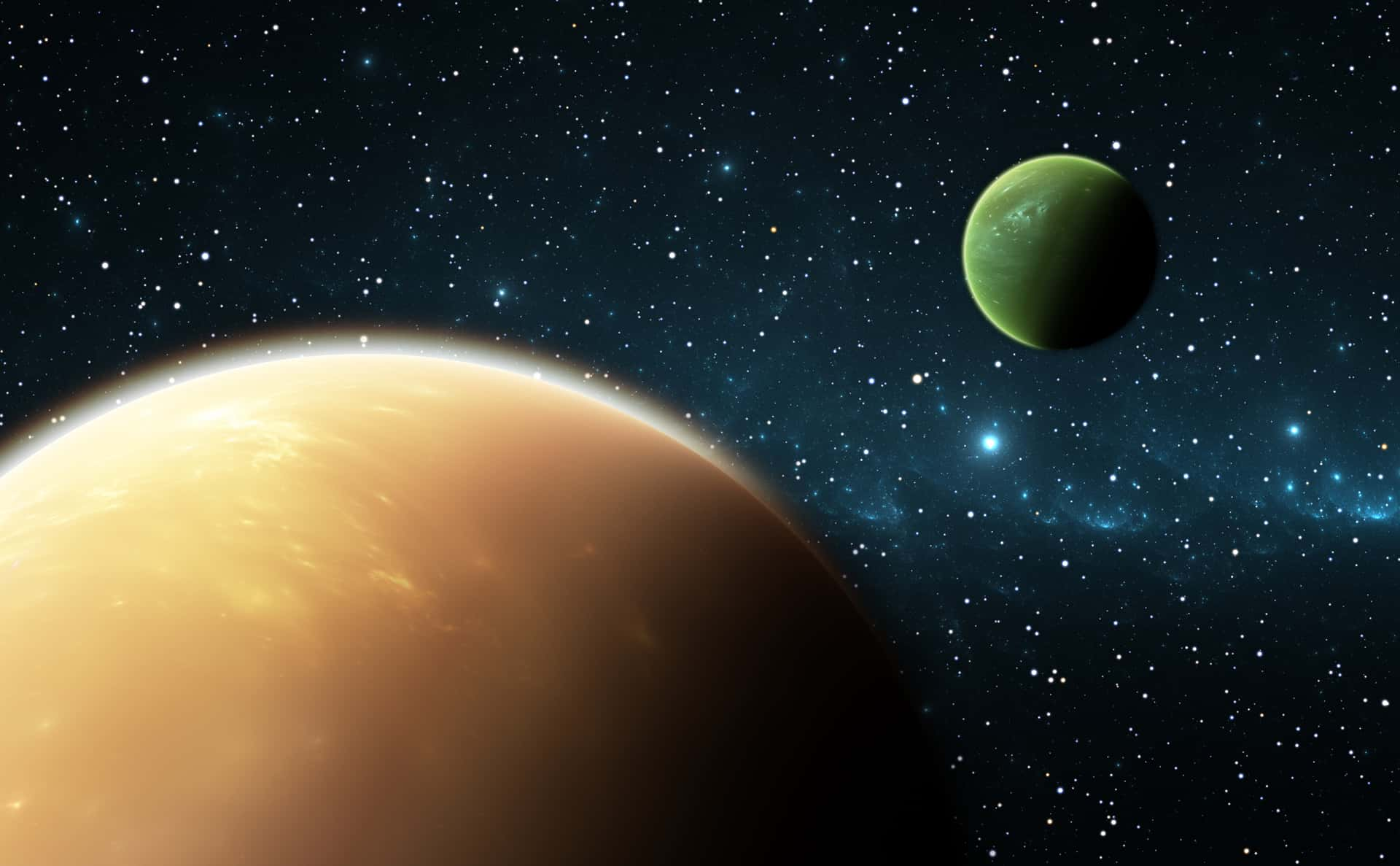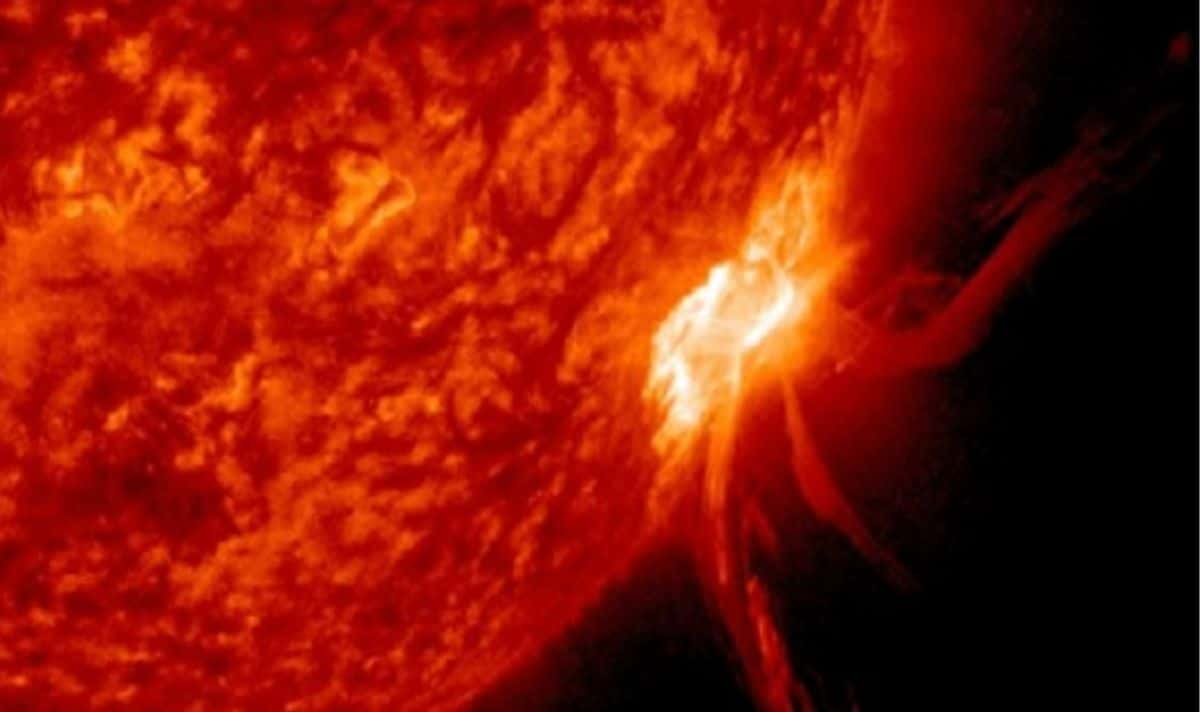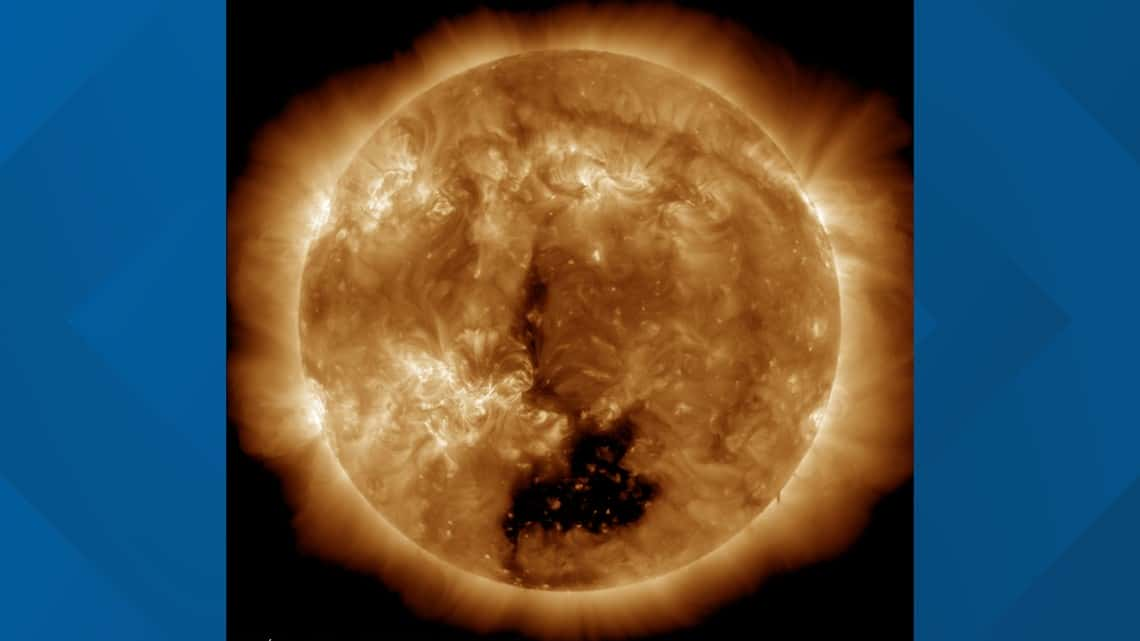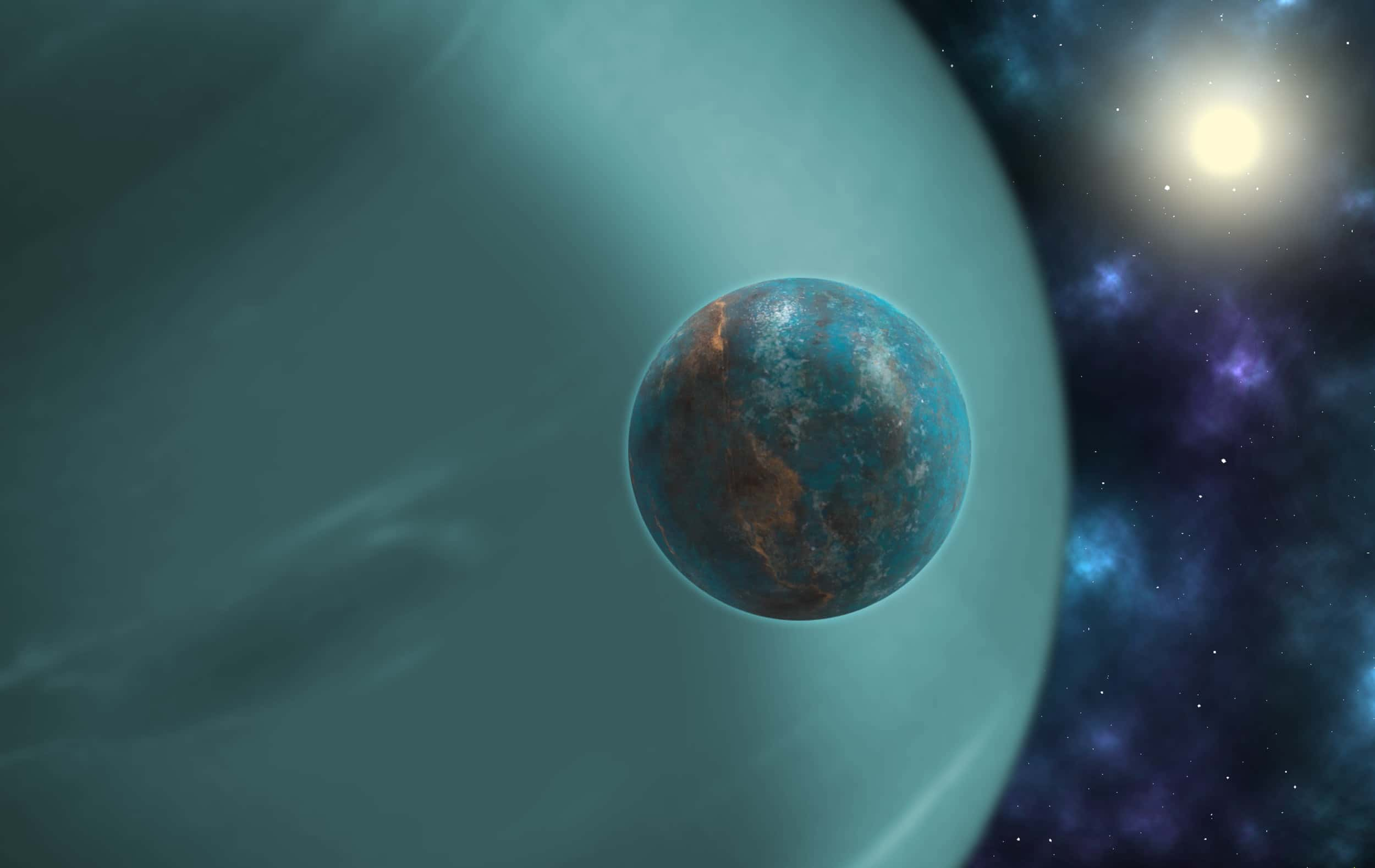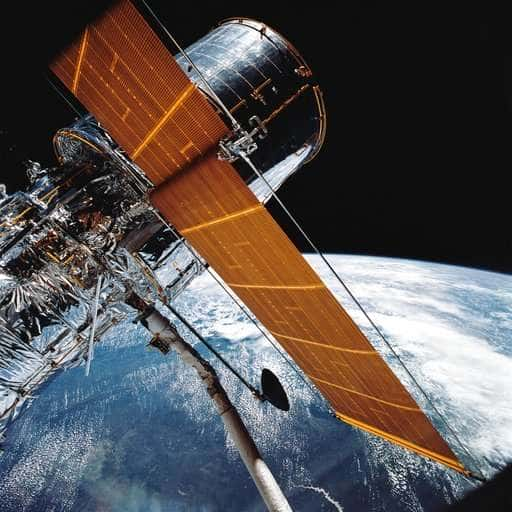
Hubble Telescope Back in Action After Fixing Gyroscope Issue
A malfunctioning gyroscope forced the Hubble Space Telescope into automatic safe mode in November. Hubble Telescope Restarts After Gyroscope Fix NASA currently reports that the telescope is operational. The agency stated on December 8 that the iconic observatory is healthy and employing all three gyroscopes to continue science operations. Incorrect readings from one of Hubble’s…
